
A Look Back at Clock Tower 3’s Terrifying Gothic Survival Horror
Clock Tower 3 was the peak of this century’s true survival horror offerings. With limited resources and no opportunities to fight back against the monsters and ghosts assailing protagonist Alyssa Hamilton, the gameplay truly embraced the parameters of the genre– the core thrust of which was simply to survive. And what an experience it was.
Clock Tower 3 is the third (and as of yet, last) entry in the Clock Tower series. The first two games were developed by Human Entertainment, with Capcom and Sunsoft co-producing the third entry, released in the United States for the PlayStation 2 in March 2003. Forgoing the point-and-click gameplay of the former two entries, Clock Tower 3 made the move to 3D, giving players full control of protagonist Alyssa from a fixed third-person perspective.
Set in London in 2003, Alyssa Hamilton is a 14-year-old girl living in boarding school, having been suddenly sent away three years prior with the insidious augury to never return lest something terrible happen. She receives a letter from her mother one day that repeats the warning and further urges her to go into hiding until her fifteenth birthday has passed. Alyssa disavows her mother’s warning and returns home. There, she finds her mother missing and a strange, gargantuan man known simply as “The Dark Gentleman” waiting in the kitchen. He gives chase and Alyssa is soon transported, while Frédéric Chopin’s “Fantaisie-Impromptu” swirls around her, to London circa World War II.
As the game progresses, Alyssa learns she is a “Rooder,” a member of an ancient bloodline of young women with supernatural gifts. Rooders are the avowed enemies of Entities, subhuman beings with the capacity to drive humans to murder. Rooder power peaks at fifteen and then subsides in the years afterwards, fading entirely by age twenty. Alyssa travels through several settings, combatting the different monsters she encounters, while learning more about her own lineage. Alyssa is posed to play a part in the “Ritual of Engagement” whereby a family member must remove the heart of a Rooder on her fifteenth birthday in order to transform into an Entity themselves.
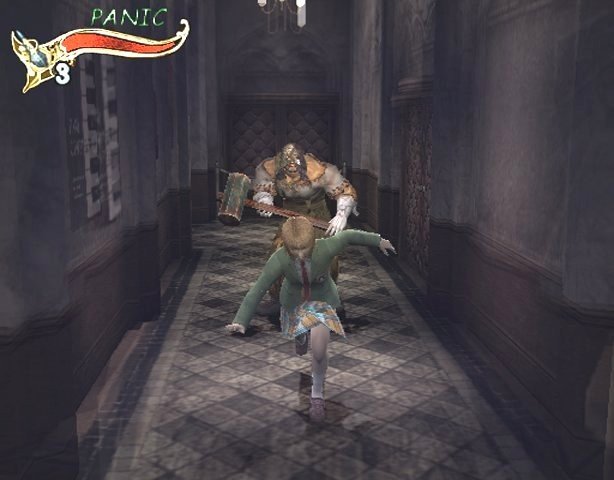
It’s all quite complicated. This synopsis doesn’t even cover the full breadth of betrayal, supporting characters, J-horror logic, and familial legacy. Indeed, Clock Tower 3, while a marginal critical success, was a commercial failure, owing in no small part, I’m sure, to its grandiose mythos and scattershot plot that grows increasingly arbitrary and byzantine as it progresses. Granted, the game is gorgeously directed by Kinji Fukasaku (of Battle Royale fame, among others), and the cutscenes, when they make sense, are truly a sight to behold. Games, though, are principally about control, and when the player is in control– unencumbered by the labyrinthine narrative that flanks core gameplay segments– Clock Tower 3 is a truly terrifying, exceptionally engaging game.
The core gameplay loop of Clock Tower 3 follows a formula. Alyssa is miraculously transported to a past setting, at which point she stalks the grounds to find her bearings. Then, in horror vignettes, Alyssa (and players) are violently introduced to that setting’s Subordinate, the beings Entities drive to murder. Sledgehammer, a behemoth wielding (naturally) a sledgehammer, is the first Entity Alyssa must confront after he savagely murders a young girl on Christmas Eve. The second, known as Corroder, wears a gas mask and hazard suit to protect himself as his homicidal raison d’être is drowning innocent families in vats of concentrated sulfuric acid. These deaths are illustrated in vivid, gorgeously composed cutscenes, infusing the proceeding segments, where Alyssa must outwit her pursuers, with unbearable and palpable tension. Alyssa must usually track down some artifact of the deceased to free their spirits and then, in the weakest segments of the game, destroy the Subordinates in quasi-boss fights.
These fights are objectively the weakest segments of the game, awkward lurches into third-person action that would, interestingly enough, later mar Capcom’s other survival horror franchise– Resident Evil. They are luckily brief, though, and certainly not terrible enough to detract from the unmatched thrill of hiding from Sledgehammer in a closet or fleeing from Corroder as Alyssa’s panic meter fills. The panic meter in particular is an inspired design choice. Permanently affixed to the game’s UI, the more frightened Alyssa becomes, the harder she becomes to control, eventually resulting in full-blown panic where the screen flashes and Alyssa is rendered almost impossible to control. An early example of Amnesia: The Dark Descent’s much-lauded sanity meter, controlling Alyssa’s panic becomes just as critical as environmental and spatial awareness.
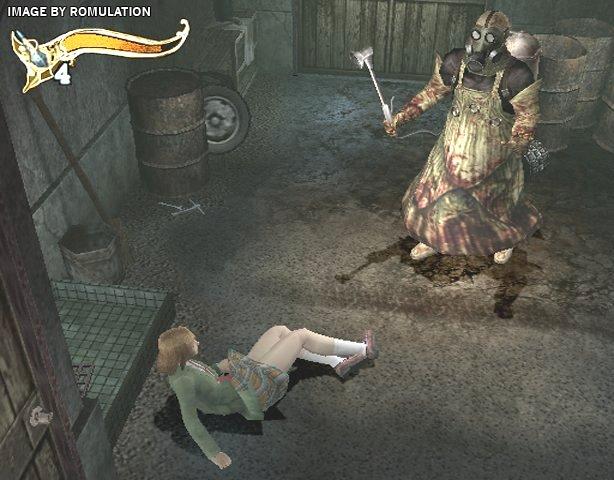
Collectively, both the good and the bad coalesce into a truly unforgettable survival horror experience. There’s something distinctly-2000s about the gameplay and story, yes, but there’s also something timeless in Clock Tower’s gothic sensibilities and unparalleled ability to scare the hell out players. Contemporary survival horror is in the midst of something of a renaissance, with titles like Alien: Isolation and Outlast, and indie fare like Layers of Fear or the zeitgeist-defining Slender: The Arrival returning players to the genre’s roots. As games have sped up, survival horror is once again slowing things down, dropping players into unfamiliar locales, setting loose a monster to chase them, and giving them no concrete goal beyond the most primal– survive.
Clock Tower 3 was the sixth console generation’s defining survival horror feature. It turns seventeen this year and, since release, there’s been nothing quite like it. It was bold, rousing stuff, a terrifying tapestry of weirdness and gothic oddities that deserves reconsideration. It wasn’t perfect– few things ever are– but it was remarkably idiosyncratic, and more than anything else, genuinely scary. It’s a game I played through dozens of times. While difficult to track down now, I recommend giving it a chance if you have the opportunity. Trust me, you won’t regret it one bit.


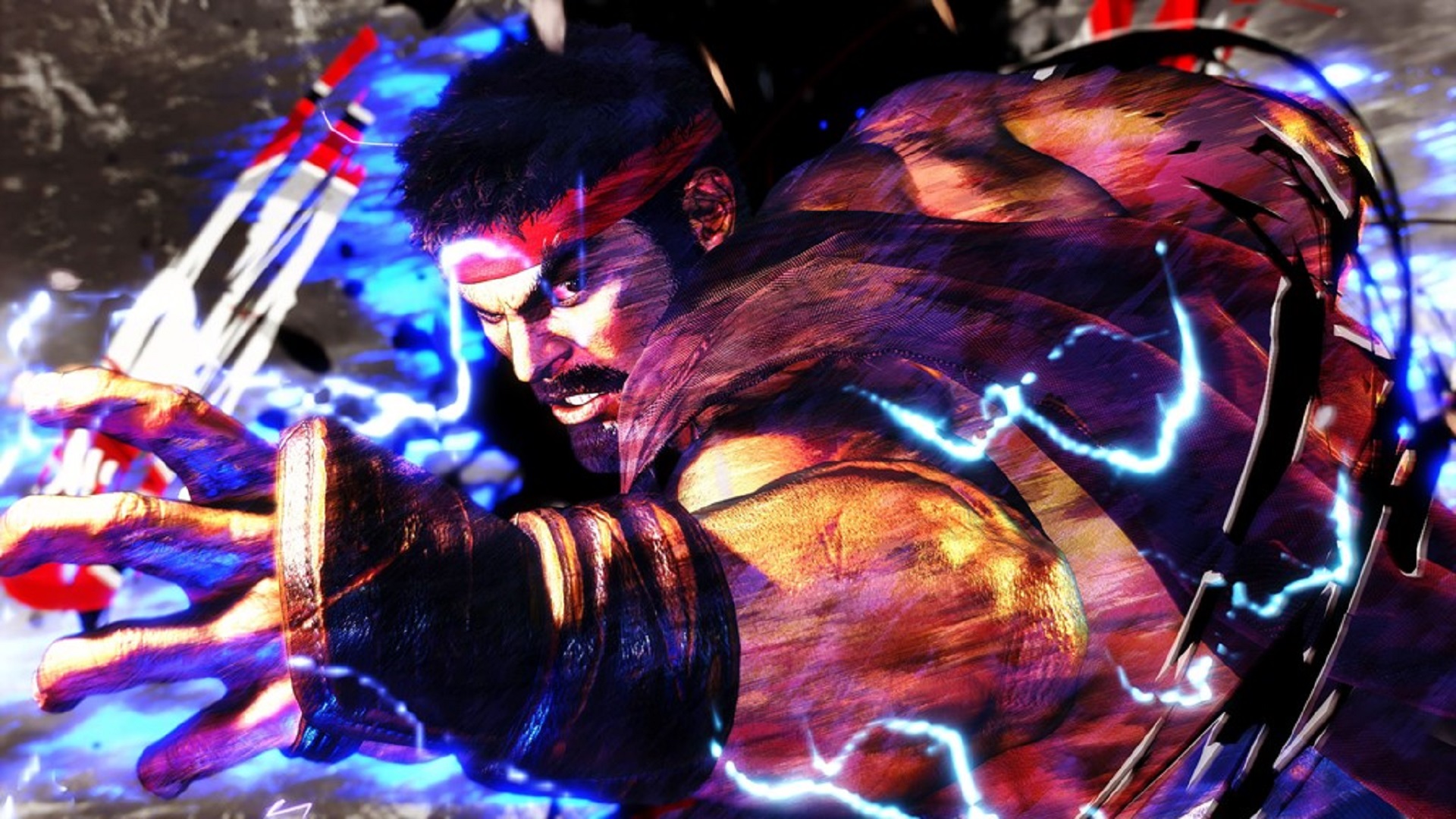
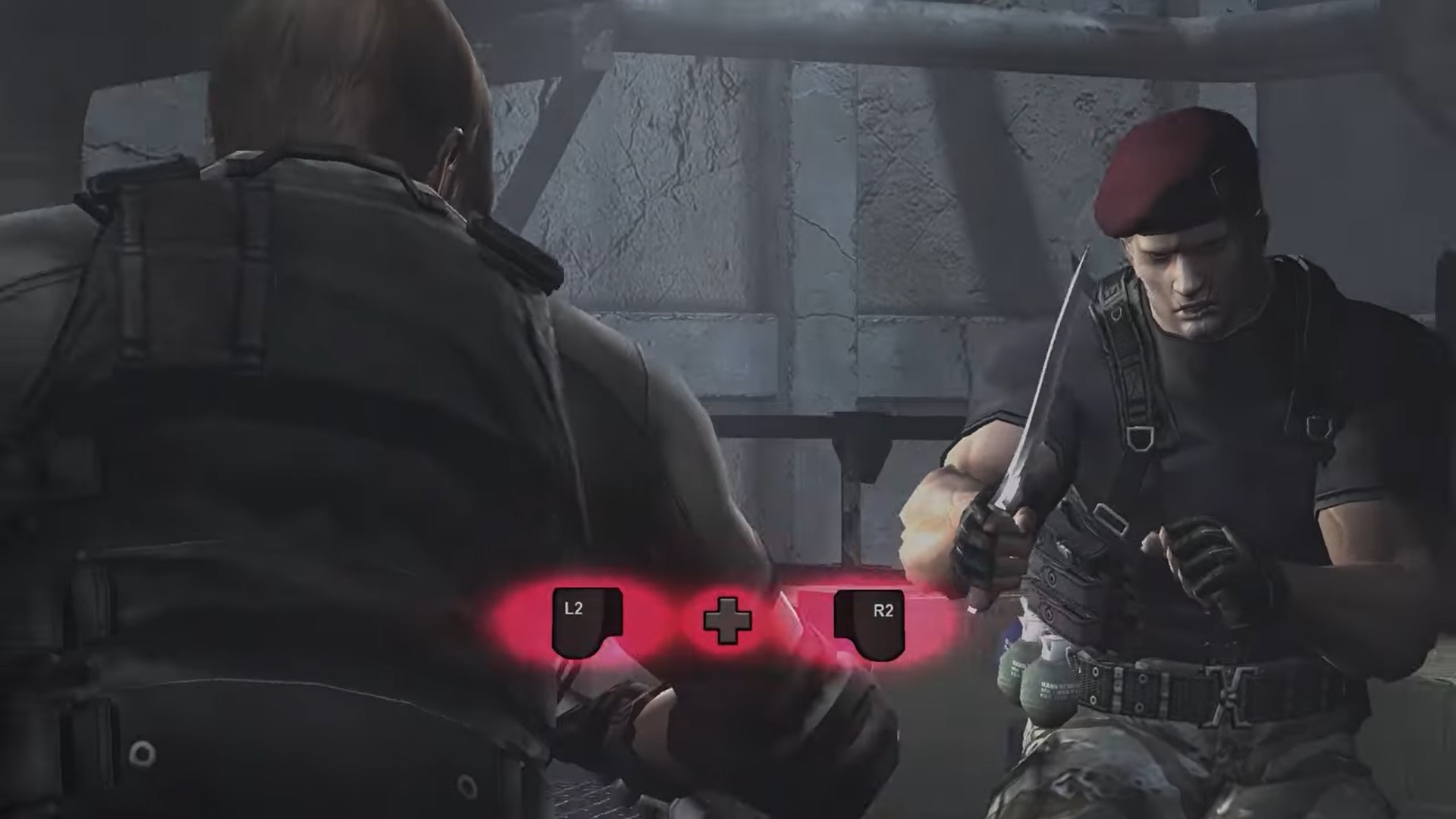
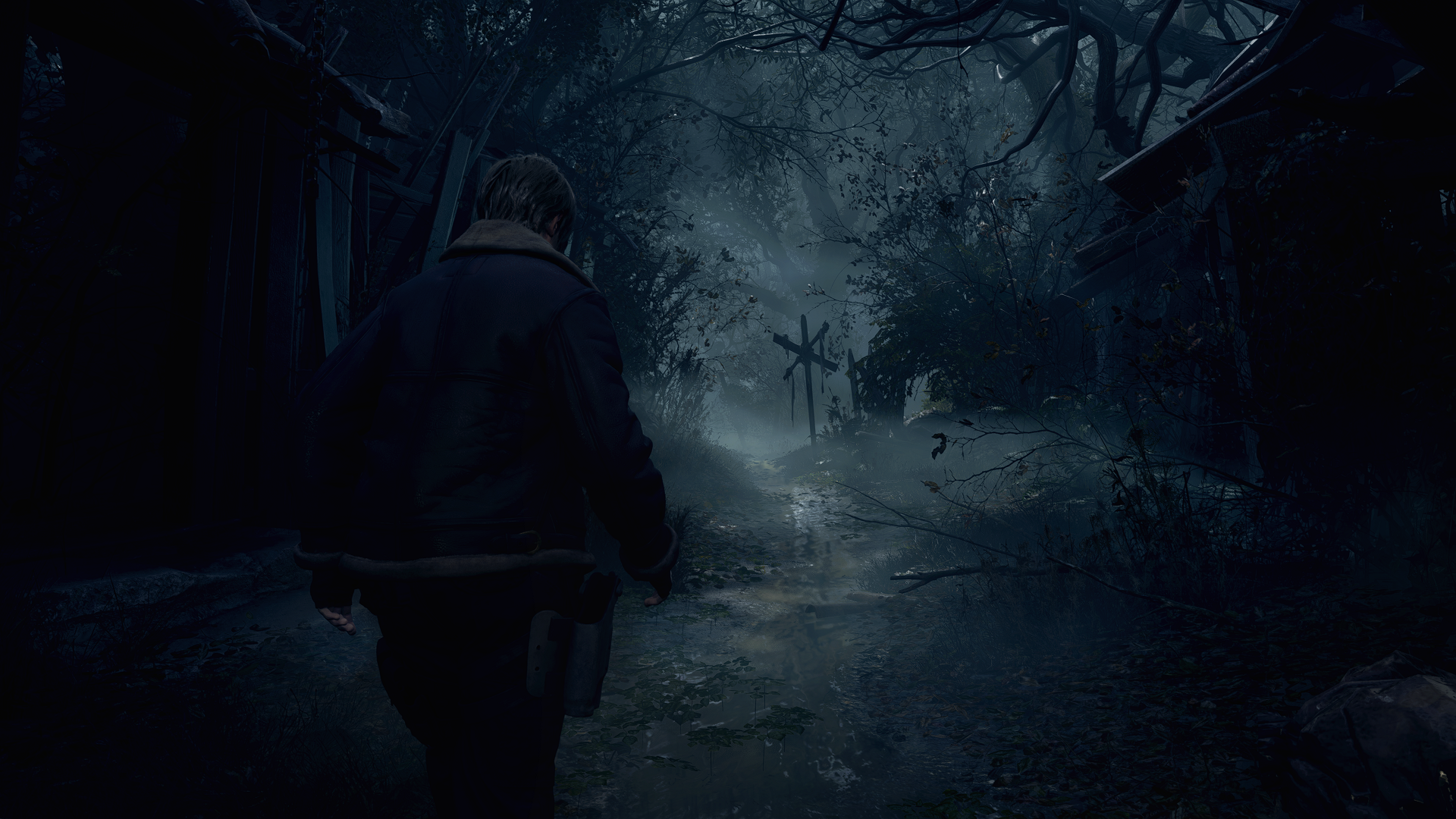
Benley
Clock Tower 3 is actually still my favorite video game in history, along with Haunting Ground. Truly one of the most memorable, TRUE, defenseless– survival horror games ever. Praying for a remaster/port/sequel daily!!